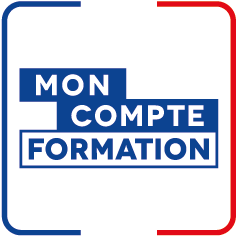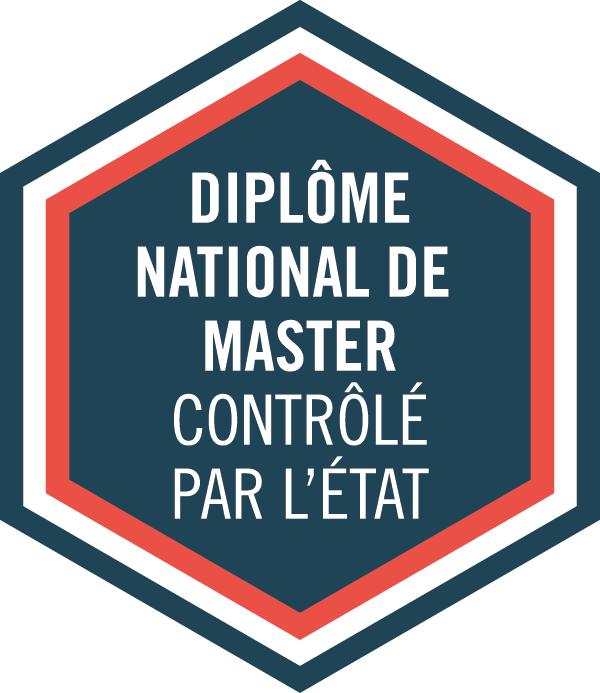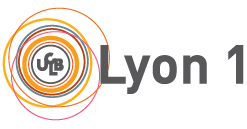Au premier semestre, les unités d’enseignement disciplinaires sont données en français et en anglais. Cette politique à l’international forte du master de Physique vise à attirer des étudiants non francophones mais également à former les étudiants français et à les sensibiliser à l’utilité de l’anglais, tant dans le monde industriel que dans celui de la recherche.
A l’issue de la seconde année, une certification en langue (certification TOEFL niveau B2) est obligatoire pour obtenir le diplôme de Master.
Les étudiants de première année sont fortement incités à effectuer leur stage à l’étranger. Une dizaine d’étudiants par an, soit environ 15%, ont ainsi effectué ses dernières années leur stage à l’étranger (Chine, Japon, Chili, Brésil, Canada, Russie, Suisse, Finlande, Écosse, Allemagne, Italie, …). Cette mobilité est soutenue par la direction des relations internationales de l’Université, et s’appuie dans la majorité des cas sur des bourses de la Région.
In the first semester, the disciplinary teaching units are given in French and in English. This strong international policy of the Master of Physics aims to attract non-French speaking students but also to train French students and to make them aware of the usefulness of English, both in the industrial world and in research.
At the end of the second year, a language certification (TOEFL level B2) is mandatory to obtain the Master's degree.
First-year students are strongly encouraged to do their internship abroad. About ten students per year, or about 15%, have done their internship abroad in recent years (China, Japan, Chile, Brazil, Canada, Russia, Switzerland, Finland, Scotland, Germany, Italy, etc.). This mobility is supported by the University's international relations department, and in most cases is supported by regional grants.
















